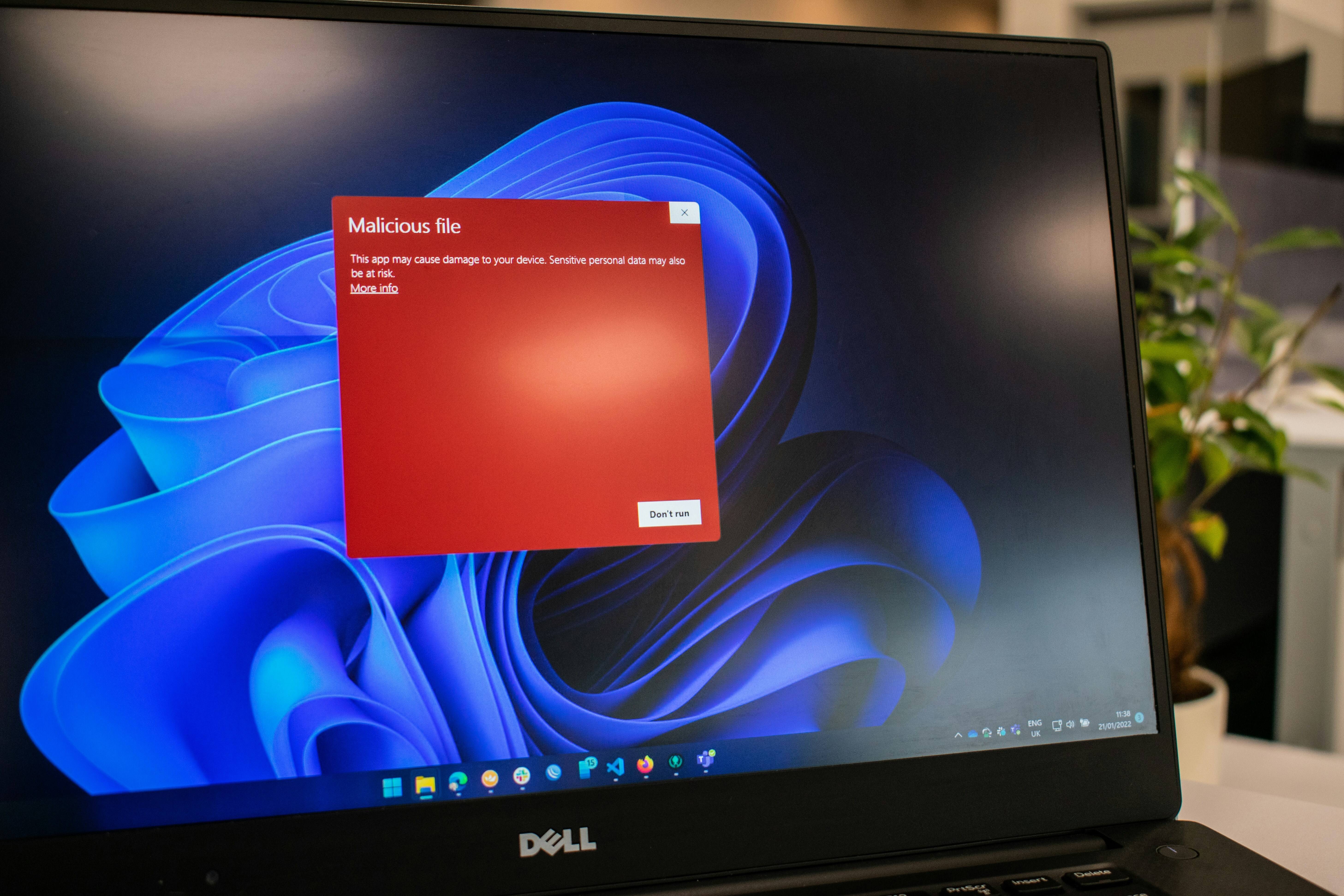Cyber Insurance: Lessons from the UK Legal Aid Attack

As an insurance broker, CCW Global spends a lot of time helping firms that handle sensitive client data. From law practices and financial institutions, through to healthcare providers, we are constantly encouraging businesses to think about the uncomfortable “what-ifs?” of the digital age, and how a serious cyber event could disrupt your operations.
The recent disruption to the UK’s legal aid ecosystem is a stark reminder of how a single cyber event can cascade into operational paralysis, cash-flow stress, reputational damage, and ultimately reduced access for both customers and employees. A May 2025 cyber-attack, targeting England and Wales’s Legal Aid Agency, exposed historic applicant data; months later core systems remain offline, disrupting billing and payments, and hampering client’s access to received legal advice.
While the UK incident is a foreign headline, the risk the incident highlights is global and immediate; no country or location on earth is safe from the prospect of a cyber incident. In Hong Kong, businesses are facing an escalating threat environment, and cyber insurance has evolved to meet these risks; before, during, and after an attack.
In this article we will unpack today’s digital risks, and show how a well-structured cyber policy can help Hong Kong organizations stay operational and solvent when the worst happens.

The cyber threat landscape
Hong Kong’s cyber risk picture has worsened in the last 3 years. The Hong Kong Computer Emergency Response Team Coordination Centre managed 58,106 cyber events over the latest 12-month period, and the Hong Kong Police recorded 34,112 technology-related crimes in 2023. This is not an anomaly; it is momentum. The number of attacks targeting residents and businesses in Hong Kong is growing year-on-year as the tools and options available to cyber-criminals increase.
Globally, cyber-attacks span the range of “script kiddy” website defacements and DDoS floods, to network penetration, ransomware, and even state-sponsored espionage. The point isn’t just that attackers are numerous; it is that their tactics are varied and evolving. Artificial intelligence is further accelerating the volume and creativity of cybercrime, making “if” the wrong question and “when” the right one.
Further to this, it is not only direct attacks that are a concern for corporates and businesses. Third-party digital exposures (including those from vendors, tech and social media platforms, and even real-world partners) regularly amplify internal company losses in the wake of a cyber event. Think of the 23andMe incident in 2023: beyond the immediate breach (and highly sensitive data exposure) the lasting business risk was regulatory scrutiny and a collapse in customer trust. Those are costs that hit long after the 23andMe systems came back online.

What does cyber insurance cover?
Modern cyber policies are built to absorb the immediate financial shock of a cyber-attack, and provide expert help during the chaos of a cyber incident to help your company recover. Depending on how you and your insurance company tailor the policy, and what benefits you opt to add to your plan, coverage can include:
- Electronic business interruption (lost income, extra expense),
- Electronic vandalism (data/asset restoration),
- Electronic threats (including extortion),
- Privacy notification costs,
- Crisis management expenses, and
- Rewards (to assist in incident response).
This is precisely the kind of support a law firm would have needed in the UK legal-aid outage: cash-flow relief while billing systems are down, guidance on notifying impacted parties, Public Relations support to shore up client confidence, and experts to assist in the technical recovery of networked systems.
But it is not just a company that will be impacted by a Cyber-attack. In fact, in the aftermath of a cyber-attack on a company it is normal for a number of third-parties to be impacted by the incident. When clients, data subjects, or counterparties suffer harm, the liability phase of a Cyber-attack begins. Cyber insurance policies can extend to third-party risks, including:
- Disclosure liability (breach of personal/confidential data),
- Reputational liability,
- Content liability,
- Conduit liability (propagating malware to others), and
- Impaired access liability (disrupting someone else’s systems).
For regulated industries (such as legal, finance, healthcare), these benefits align with the real exposures that follow an incident: investigations, claims, and contractual disputes.

Why “customize” is the key word
Just as no two individuals are ever the same, no two organizations carry identical digital footprints. A financial services SME will likely prioritize privacy notification costs and regulatory responses, while a media business might emphasize content liability and business interruption risks. Cyber insurance policies commonly available in both the Hong Kong and international markets are intentionally modular so that you can select the coverage you need and skip what you don’t; crucial for cost control and relevance towards your company.
That modularity, and ability to tailor your coverage, extends to limits and sub-limits. For example, you might ring-fence a dedicated claims pot for forensics and crisis communications, while keeping a larger limit for business interruption and extortion. The objective is to fit coverage to your actual risk map, not to a generic “one-size-fits-all” template.
Learning from the UK Legal Aid Cyber Attack
The UK legal-aid disruption offers practical takeaways that are applicable to companies in Hong Kong, and elsewhere around the world.
Firstly, it is important to recognize that single-point technical failures have the potential to become a sector-wide cash-flow crisis. When core systems go down, billing and reimbursements can stall; suffocating all your operations and leading to significant losses. Business interruption coverage on a Cyber Insurance Policy helps bridge that gap between the incident and recovery, and funds extra expense to keep your services and business going.
Then there is the issue of Data Age. It matters, and can have a far-reaching impact on your company. Historic records can expand the scope of any breach, offering easy access due to legacy systems in many cases, and can place an extreme burden on notification expenses simply due to the old records. It is important to be auditing your network and systems regularly to ensure data is kept current, as well as ascertaining whether your cyber policy’s privacy notification and crisis management sub-limits reflect the true size and sensitivity of your archives.
Nothing beats a hard copy, and in the worst-case situations it is important that your own internal contingency plans include options for manual workarounds. Even with top-tier IT teams and infrastructure, you may need to revert to paper and parallel processes during outages. Fund those contingencies with extra expense and incident-response budgets inside a cyber insurance policy.
Finally, expect regulators and plaintiffs. The mix of regulatory reporting, client notification, and potential claims is where cyber insurance’s legal defense and liability components earn their keep. A cyber event is expensive when considering simple operational aspects of the incident. Those costs can spiral when adding customer losses or mandatory fines on the part of a regulator. Cyber Insurance protection can assist with the costs involved in a legal defense and regulatory action; both of which can be extremely costly.

Common Cyber Insurance coverage questions
“We already have strong IT and Network security; do we really need Cyber Insurance?”
Even the most well defended networks can be compromised eventually; human error and vendor exposure are persistent realities no matter what industry your business operates in. As is the growing sophistication of technology that makes cyber-crime easier. In the modern world, all companies will eventually be the target of cyber criminals and relying on existing infrastructure can leave you exposed.
Cyber insurance acknowledges this and is designed to bridge the financial and operational gaps when the improbable becomes real.
“Can we focus the policy on what matters to us?”
Yes. Cyber insurance policies from CCW are tailored to meet the specific needs of your organization, and can be customized to address the risks your company is facing. Choose the benefits that match your business model and ensure that you are protected against the actual exposures your organization will encounter.
For example, ramp up privacy costs if you hold large volumes of client personally identifying information. Or, focus on business interruption if you run time-sensitive workflows or have a cash dependent company that requires 100% uptime.
“Will Cyber Insurance help with regulators and lawsuits?”
Third-party cyber liability options address claims related to disclosure, access impairment, and reputational harm, and often include regulatory response support.
With a number of options for coverage available on the international market, and the ability to tailor your coverage to meet your specific needs, it is possible to build a Cyber Insurance plan that is designed to assist you with the burden of regulatory fines and/or consumer legal action.
“Is Cyber Insurance the same as Professional Indemnity Cover?”
No.
Professional Indemnity Insurance, also known as Errors and Omissions Coverage, insures professional mistakes. Cyber insurance addresses malicious digital events and their fallout. Cyber insurance isn’t a substitute for traditional Professional Indemnity/Errors & Omissions coverage. Losses arising from your own faulty advice, software, or services are addressed by professional indemnity solutions, not by cyber insurance protection.
Good news: the distinction is clear and deliberate, and it is possible to obtain both types of protection in order to ensure your organization has no coverage gaps.

Cyber insurance advice in Hong Kong
At CCW Global we arrange bespoke cyber insurance policies for business and organizations of all sizes. From boutique law firms, to regional financial services groups, and even healthcare companies, our Cyber Insurance Products are able to provide modern risk management solutions in a developing digital ecosystem.
Coverage can include e-business interruption, extortion, privacy notification, crisis management, and third-party liability; configured to your data profile, vendor map, and regulatory footprint. If you’d like to discuss limits, sub-limits, renewals, or even policy wording, contact us for a free consultation and we’ll help you design a policy that’s ready for “when,” not “if.”
Ask CCW about your Insurance – Swift, Simple, Sorted.



